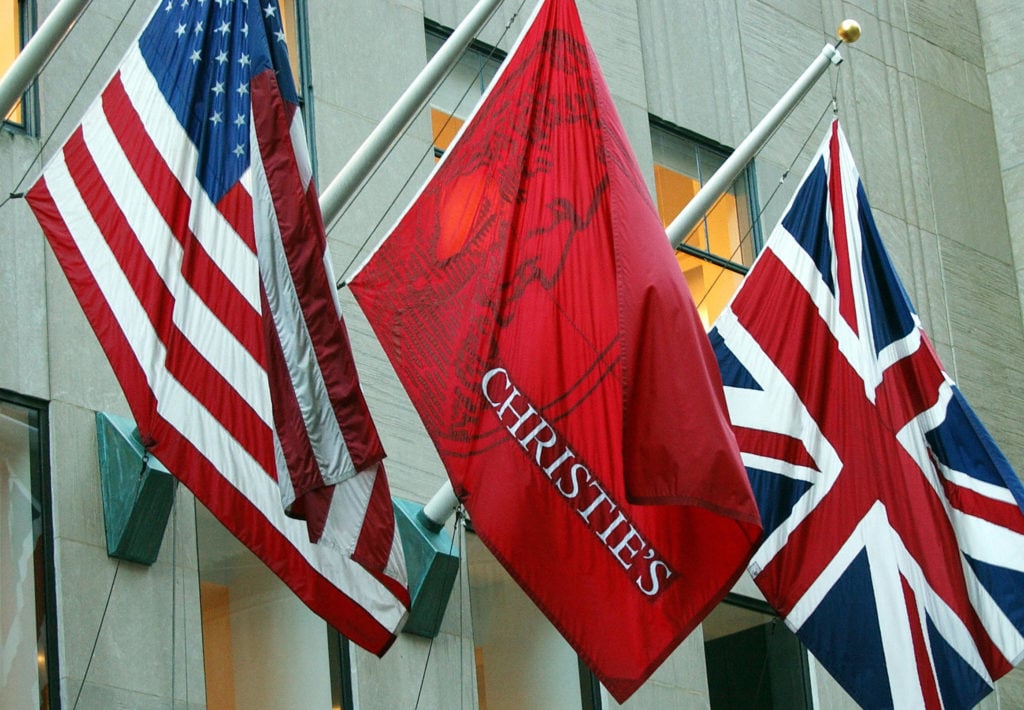Art World
How Big Is the Online Art Market? Depends Who You Ask
The latest report from Hiscox estimates that the online art market hit $3.75 billion in 2016.

The latest report from Hiscox estimates that the online art market hit $3.75 billion in 2016.

Eileen Kinsella

Is the change-averse art market finally beginning to embrace the internet?
The ArtTactic/Hiscox Online Art Trade Report 2017, released this week, describes the online sphere as “a market yet to awaken”. For the fifth year, the analytics company ArtTactic teamed up with the insurance company Hiscox to survey the field. The report is based on responses from 758 art buyers, 132 galleries, and staff from various online art platforms.
Despite a relative slowdown in the global art market, the online art market grew by 15 percent, to $3.75 billion, last year, according to Robert Read, head of art and private clients for Hiscox. The online art market’s share of the total art market also grew last year, from 7.4 percent in 2015 to 8.4 percent. While that may seem small, it is roughly equivalent to e-commerce sales’ share of the total retail market, which reached 8.3 percent last year, according to the U.S. census.
As always, data on primary market sales should be taken with a grain of salt, considering the sample sizes remain small and methodologies vary considerably depending on who is asking the questions. Hiscox’s estimate of the size of the online art market ($3.75 billion) differs from figures in other recent surveys. The UBS/Art Basel report estimated that sales of art and antiques online totaled $4.9 billion in 2016, or nearly nine percent of the global art and antiques market.
Who is winning the online arms race, according to Hiscox? Perhaps not surprisingly, “established global brands in the art market such as Sotheby’s and Christie’s are starting to dominate” the online art platform ranking and “appear to be getting to grips with the challenge of transforming a bricks-and-mortar business into a multimedia business,” the report states.
Sotheby’s, Christie’s and Heritage Auctions generated combined online sales of $720 million. Online-only sales saw a particularly robust 84 percent increase at Christie’s, Hiscox notes.
Read notes that “dealers continue to struggle online; maybe they are making enough elsewhere.” Slowly but surely, however, galleries are becoming more open to expanding beyond bricks-and-mortar. In 2013, 15 percent of galleries surveyed said they would generate online sales by joining with an existing e-commerce platform. In 2016, 26 percent said they would partner with a third-party e-commerce platform in the near future.
Lastly, Hiscox says online art sales are dominated by objects priced below $5,000. “Despite individual examples and anecdotal evidence that works are increasingly being bought online at higher price points, the future battleground for the online art market is likely to remain in the lower price range.” According to the survey, 79 percent of online art buyers spend less than $5,000 per piece when buying art online, up from 67 percent in 2015.